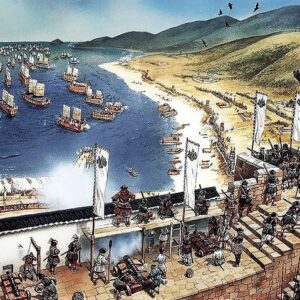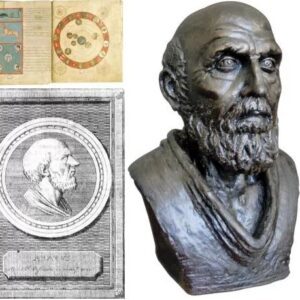The Aztecs, or Mexica, were a powerful civilization that controlled much of modern-day Mexico during the Postclassic era. As one of the most important and well-known cultures in the Americas, their history and legacy continue to captivate scholars and enthusiasts alike. This article provides an overview of the Aztec civilization, touching on aspects such as its origins, capital, economy, society, religion, art, and the events that led to its downfall.
Origins of the Aztecs
The Aztecs and Mexica did not originate from central Mexico, but rather from a mythical land called Aztlan, according to their creation myth. The Mexica were the last of nine Nahuatl-speaking Chichimeca tribes that migrated south due to a prolonged drought, eventually arriving in the Valley of Mexico and settling on the shores of Lake Texcoco around 1250 CE.
The Aztec Capital

Tenochtitlan: Established in 1325 CE, Tenochtitlan was the capital of the Aztec Empire. Founded on a swampy area in the Valley of Mexico, the city expanded rapidly through the construction of causeways, islands, and an intricate system of water management. At its peak, Tenochtitlan was one of the largest and most well-organized cities in the world.
The Rise of the Aztec Empire

The Aztecs rose to power through military conquests, strategic alliances, and skillful governance. Most notably, they formed the Triple Alliance with the cities of Texcoco and Tlacopan in 1428, which facilitated their territorial expansion and control over the Basin of Mexico and beyond.
Aztec Economy

The Aztec economy was based on trade, tribute, and agriculture. The market system played a crucial role in facilitating both local and long-distance trade, while tribute payments from conquered territories bolstered the empire’s wealth. Innovative agricultural techniques, such as chinampas, terrace systems, and irrigation, allowed the Aztecs to support their growing population.
Aztec Society

Aztec society was divided into nobles (pipiltin) and commoners (macehualtin), with the ruling class holding significant political power and exempt from taxes. Commoners paid taxes in the form of goods and labor and were organized into clan-like groups called calpulli. Enslaved individuals occupied the lowest rung of society, while the ruler (Tlatoani) held the highest position.
Aztec Warfare

Warfare played a central role in Aztec society, facilitating territorial expansion, tribute collection, and the capture of prisoners for slavery or sacrificial purposes. The Aztecs utilized a range of weapons and armor, primarily crafted from wood and obsidian, as metalworking was limited.
Aztec Religion

The Aztecs practiced a polytheistic religion, with gods representing various aspects and forces of nature. They grouped their deities into three categories, each responsible for different aspects of life: sky and heavens, rain and agriculture, and war and sacrifices.
Aztec Art and Architecture

The Aztecs were skilled artisans and builders, leaving behind a rich legacy of art and architecture. Notable examples include large stone sculptures, feather and fabric art, pottery, wood carvings, and obsidian works. The capital city of Tenochtitlan was an architectural marvel, featuring elevated roads, bridges, dikes, and aqueducts.
The Fall of the Aztec Empire

The arrival of the Spanish in the early 16th century marked the beginning






